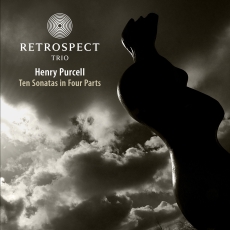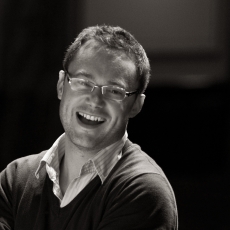Purcell: Ten Sonatas in Four Parts - Fanfare
The year 2009 marks the 350th anniversary of the birth of the great Henry Purcell, but there have been surprisingly few recordings issued in commemoration of this fact. Looking back over the last few issues of Fanfare, I see a new recording of Dido, some harpsichord suites, a reissue of the viol fantasies, and precious little else. No doubt the dearth of recordings is due to the generally depressed state of the record business, made worse by the overall miasma of the economy. In light of this, the present recording is especially welcome.
The ten sonatas in four parts (first published in 1683), together with the contemporaneous 12 trio sonatas (published posthumously), represent Purcell’s most progressive efforts in the realm of instrumental music. Compared with his other major set of chamber music, the fantasias for viols, which are written in the older consort style, the ten sonatas avail themselves of the most “up to date” musical language of the time: the refined, courtly style of the French (all the rage during the Restoration), leavened with a healthy dose of the extroverted, concerted style of the Italians. Purcell, in fact, recalls the older contrapuntal style of the viol fantasias at times, perhaps as an attempt to placate the traditionalists, among them Thomas Mace, who could not tolerate the “scolding violins.” Yet the music is full of originality and unpredictability; just when you think you know what’s coming next, there is a surprising turn of phrase or altered rhythm, or especially, one of those quirky dissonances that could only come from the pen of Purcell. The movements invariably bear Italian titles (ie, Adagio, Canzona, Allegro, Vivace, etc.), but this is more than a mere imitation of, say, Corelli. Purcell’s music is truly cosmopolitan, and reflects the amazing amalgam of musical styles that prevailed in London during the last decades of the 17th century.
This music has been well served on CD, beginning with a fine recording by the Purcell Quartet on Chandos, followed by Christopher Hogwood on L’Oiseau-Lyre, London Baroque on Harmonia Mundi, and Musica Amphion on Brilliant Classics. All but the London Baroque recording are still available, and it should be noted that the seven-CD Brilliant Classics set is bargain-priced and includes all the chamber music, as well as numerous works for harpsichord and organ. I have no hesitation, however, in recommending the present set over the others, thanks to consistently expressive, refined string playing of violinists Sophie Gent and Matthew Truscott and gambist Jonathan Manson, and the imaginative continuo work of Matthew Halls, who divides his time between the harpsichord and the organ. The addition of an archlute or theorbo to the continuo group would have made this recording even better, but this is a minor quibble. It is worth noting that this CD marks the first release by the Retrospect Trio, a small group drawn from the larger Retrospect Ensemble, which was formed after the dissolution of the King’s Consort.
The recorded sound, from high-end audio gear manufacturer Linn of Scotland is first-class. In short, a major release that belongs in the library of every lover of Purcell’s music.

